Where Did Cajun Food Come From? A Spicy Tale of Culture, Conflict, and Crawfish
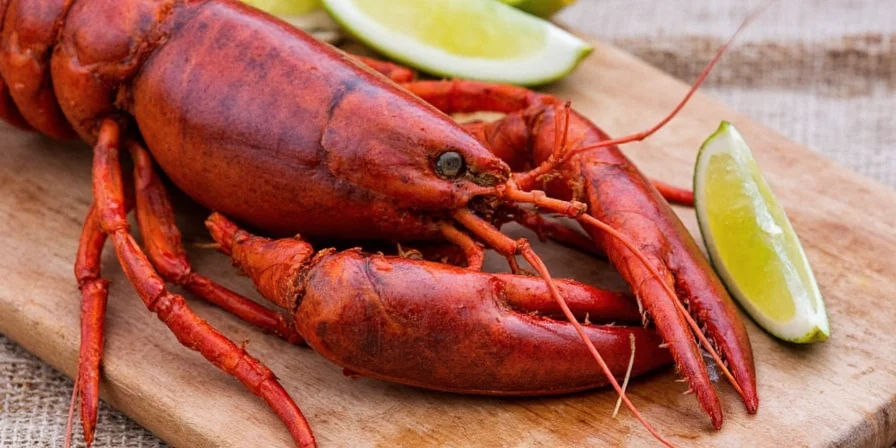
Table of Contents
- Introduction: The Flavor That Refused to Be Erased
- The French Connection: Acadians in Exile
- Spice Up Your Life: The Holy Trinity & More
- Signature Dishes That Define Cajun Flavor
- From Swamps to Supper Clubs: How Cajun Evolved
- Spice Tips for Bringing Cajun Heat Into Your Kitchen
- Beyond the Plate: Cajun Identity and Influence
- Conclusion: Cajun Cuisine — More Than Just Hot and Tasty
Introduction: The Flavor That Refused to Be Erased
Cajun food is like that bold friend who walks into a room with confetti shoes and doesn't care what anyone thinks — it’s loud, proud, and full of flavor. But where did this spicy sensation actually come from?
The answer takes us on a journey through history, heartbreak, and heaps of hot peppers. Buckle up as we explore how a displaced people turned hardship into heat and created one of America’s most iconic cuisines.
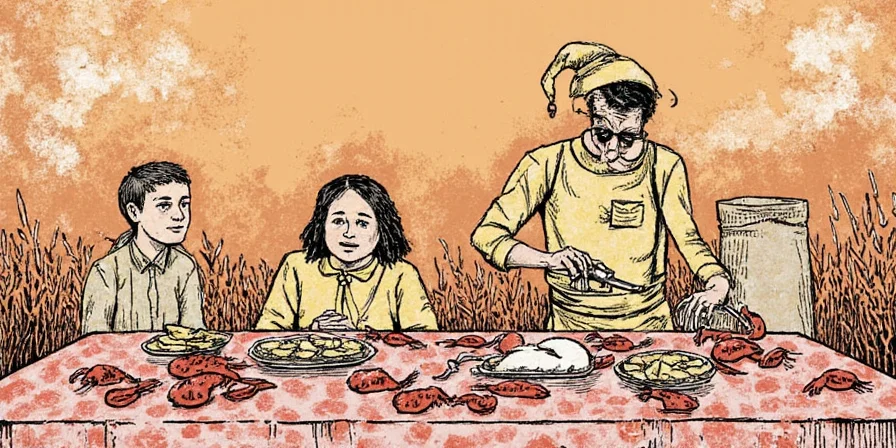
The French Connection: Acadians in Exile
To understand Cajun food, you must first meet the Acadians — French settlers who built homes in Nova Scotia in the early 17th century. When the British kicked them out during the Great Expulsion (1755–1763), these displaced folks eventually made their way to Louisiana, bringing with them a rich culinary heritage and a serious case of ‘I’ve been through hell and I’m not letting go of my roux.’
Fast forward a few generations, and they’re deep in the bayous, cooking over open fires with whatever ingredients they could find. And thus, Cajun cuisine was born — rugged, resourceful, and ready to slap your taste buds awake.
A Cultural Melting Pot (But Make It Edible)
| Influence | Contribution |
|---|---|
| French | Roux technique, braising meats |
| African | Gumbo traditions, okra use |
| Spanish | Paprika, rice dishes (like paella → jambalaya) |
| Native American | Sassafras (filé powder), local ingredients |
| German | Smoked sausages (andouille), pork use |
Spice Up Your Life: The Holy Trinity & More
No, we’re not talking about faith, hope, and love — unless those can make your jambalaya sing. In Cajun cooking, the “Holy Trinity” refers to onions, bell peppers, and celery — the sacred trio that forms the base of almost every dish.
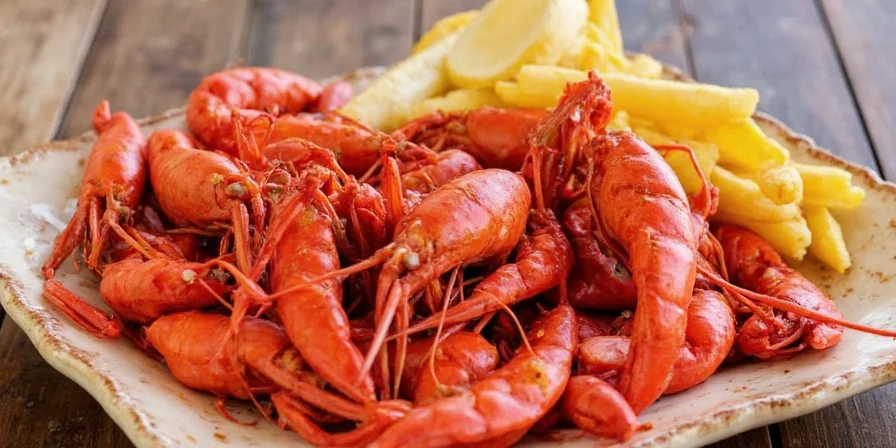
The Spices You Can’t Ignore
- Cayenne pepper: Adds fire without messing with the flavor base
- Paprika: Brings sweetness and color (plus it looks fancy)
- Garlic powder: Because fresh garlic is sometimes too much drama
- Thyme & Bay Leaves: For that subtle herbal lift
- Cajun seasoning blends: Pre-mixed convenience with personality
Signature Dishes That Define Cajun Flavor
Let’s get real — Cajun food isn’t just a list of spices. It’s a lifestyle, and here are the dishes that embody it:
- Gumbo: A thick stew packed with meat or seafood, flavored with filé or okra. Don’t skip the rice!
- Jambalaya: The rice-based cousin of paella. Sear some andouille, add tomatoes, and let the flavors dance.
- Etouffée: Usually crawfish or shrimp in a rich, spicy sauce served over rice. Perfect for lazy Sundays or date nights.
- Boudin: A sausage-like concoction made with pork, rice, and spices. Try it sliced and grilled — game-changer!
- Red Beans and Rice: Monday tradition! Slow-cooked with smoked sausage and holy trinity magic.
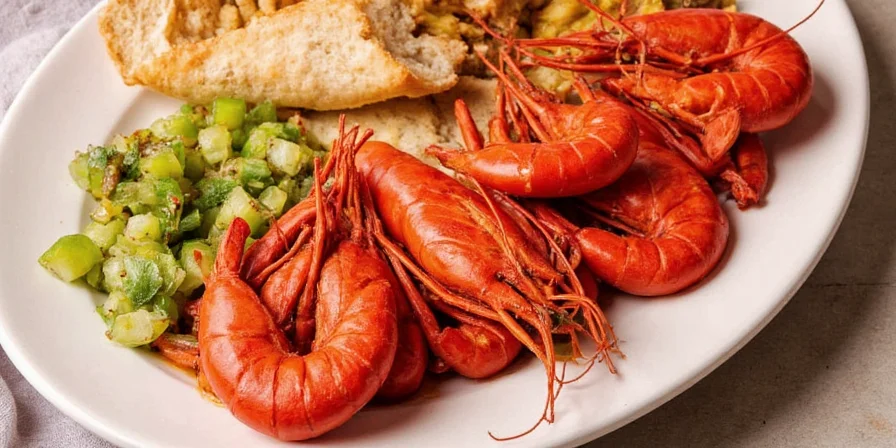
From Swamps to Supper Clubs: How Cajun Evolved
Once confined to the backwoods and bayous, Cajun cuisine has strutted its way onto menus worldwide. Thanks to media attention (shoutout to Emeril Lagasse) and festivals like Jazz Fest, this rustic, spicy cuisine went from humble beginnings to haute hype.
Now, you can find Cajun-spiced popcorn at the movies and Cajun-seasoned wings at your local sports bar. But does it still hold the soul of its swampy roots?
Modern Twists on Classic Flavors
- Vegan gumbo (yes, really)
- Cajun quinoa bowls
- Cajun tofu étouffée
- Instant pot jambalaya (we won’t tell grandma)
Spice Tips for Bringing Cajun Heat Into Your Kitchen
You don’t need a swamp to cook like a Cajun. Here’s how to bring that Louisiana flavor home, no crawfish required:
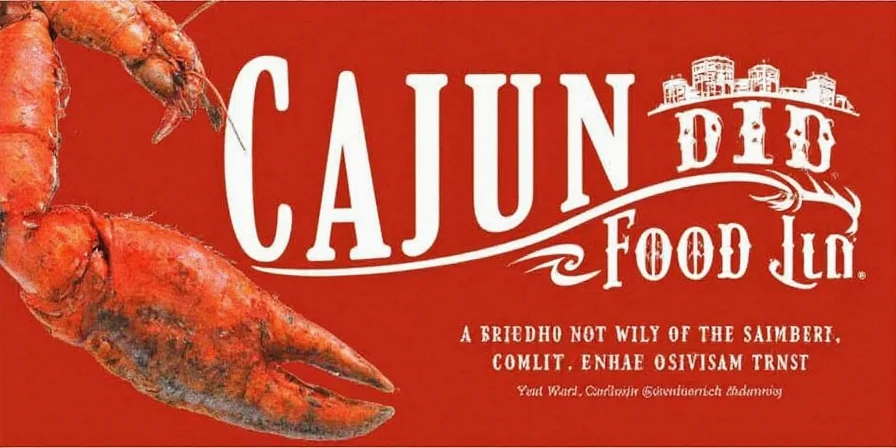
The Essential Cajun Pantry
- Cast iron skillet (non-negotiable)
- Cajun seasoning blend
- Andouille sausage (or a good substitute)
- Tomato paste or crushed tomatoes
- Rice — always have rice
Pro Tips
- Start with the holy trinity. Always.
- Roux is your BFF. Make friends slowly over low heat.
- Season aggressively but smartly — salt early, adjust later.
- Don’t rush the simmer. Let flavors mingle like awkward middle schoolers at prom.
- Use stock instead of water — your future self will thank you.
Beyond the Plate: Cajun Identity and Influence
Cajun food isn’t just about eating — it’s a celebration of survival, identity, and community. It tells the story of people who refused to be erased, who blended cultures without losing themselves, and who cooked up something beautiful when life handed them lemons (and a lot of lagniappe).
Today, Cajun culture thrives through language, music, festivals, and of course, food. It’s a living legacy — hot, hearty, and humblingly human.
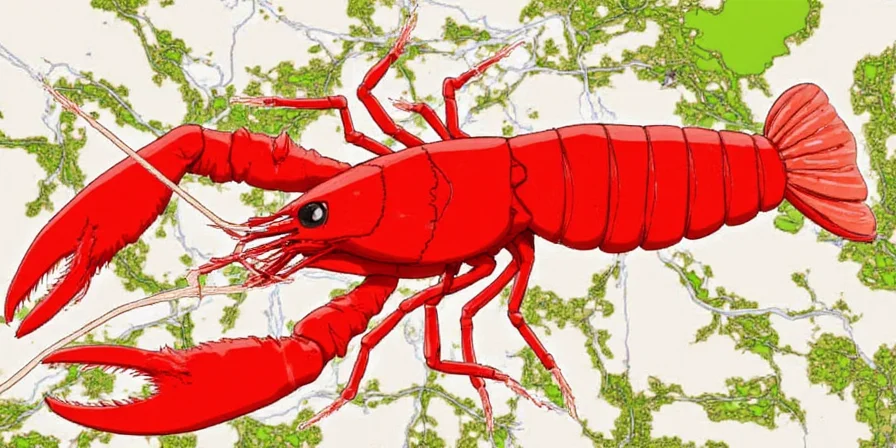
Conclusion: Cajun Cuisine — More Than Just Hot and Tasty
So where did Cajun food come from? From a displaced people with big hearts, bigger pots, and a knack for making the best out of the worst. It’s French roots, Southern soil, African soul, Spanish rhythm, and Native ingenuity all stirred together in a cast iron pan of resilience.
Next time you dig into a steaming bowl of gumbo or bite into a smoky link of boudin, remember — you're not just tasting spices. You're tasting history, humor, heartache, and a little bit of magic from the swamps of Louisiana.
Now go forth, season boldly, and let your inner Cajun shine.

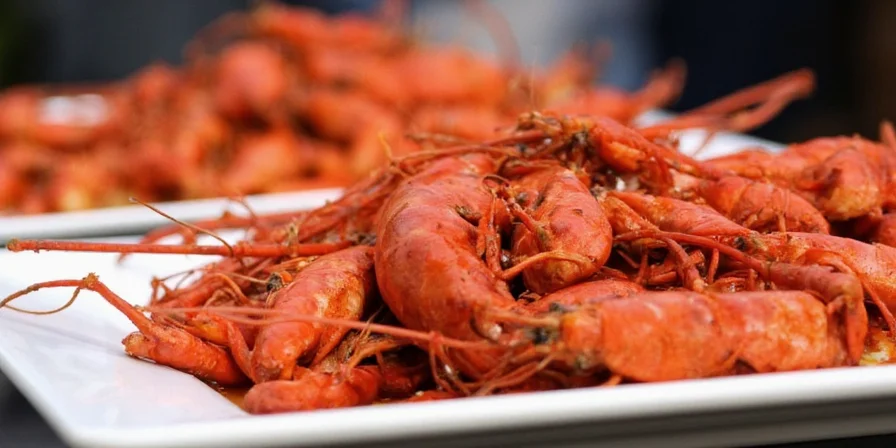









 浙公网安备
33010002000092号
浙公网安备
33010002000092号 浙B2-20120091-4
浙B2-20120091-4